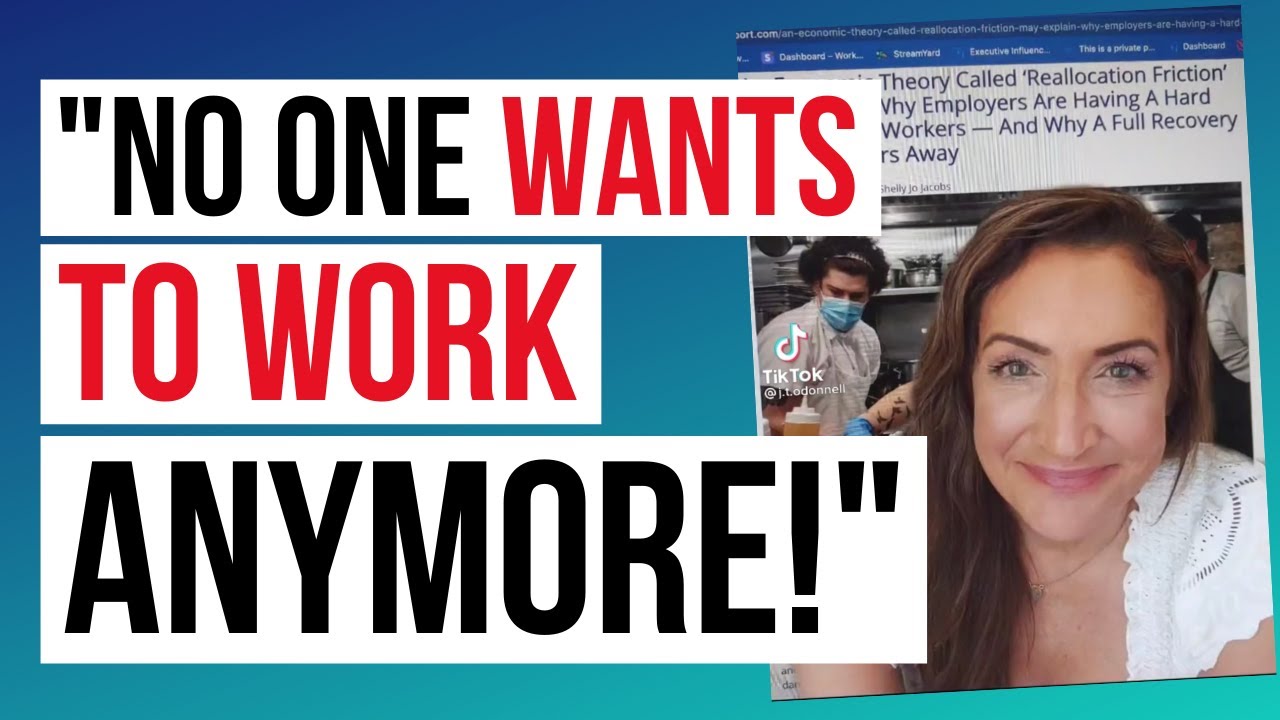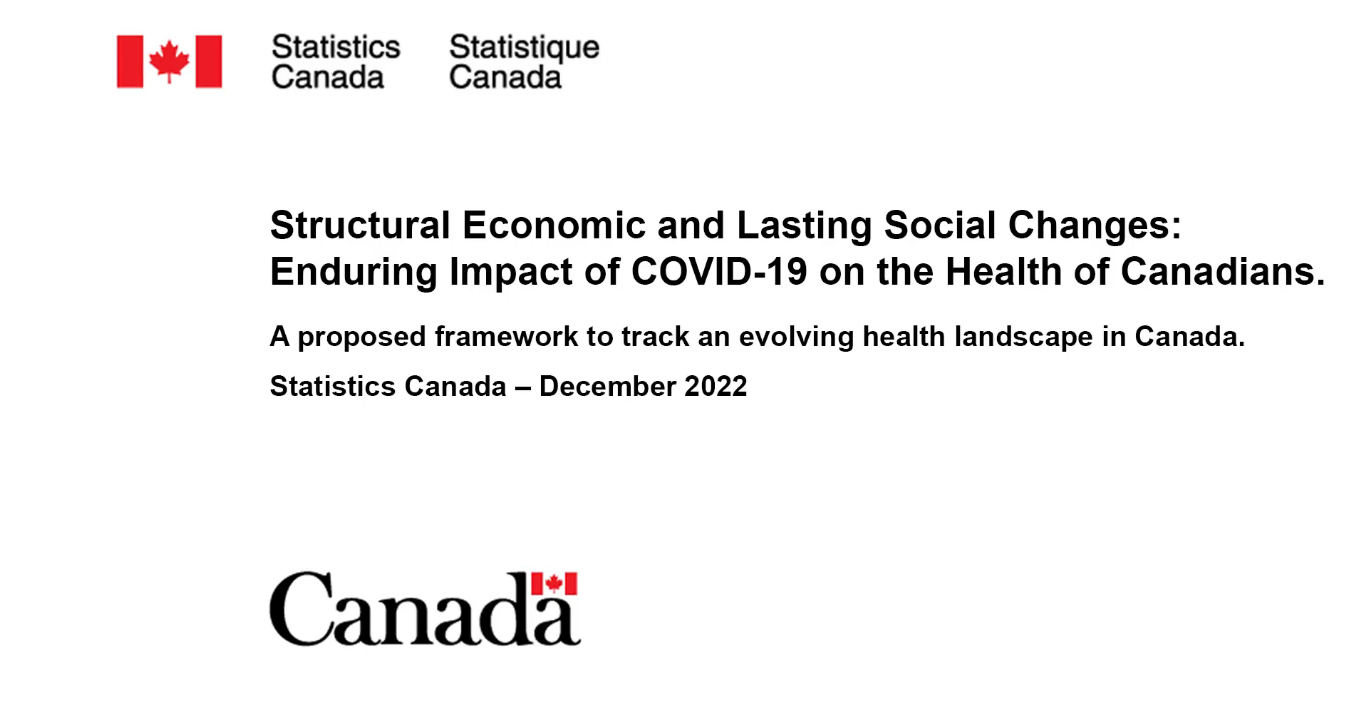The undeniable truth: we’re all just lounging on our couches, sipping on our fancy lattes, and watching Netflix all day. Who needs a job when we have our parents’ basements and online memes to sustain us, right? But hey, before you cash in your retirement savings to start your own hammock-selling business, maybe it’s worth diving into the nuances of this apparent work ethic crisis. More on this below. Keep reading for the hottest take on laziness since… well, since ever. 🔥
In recent years, a prevailing narrative has emerged in various parts of the world that suggests a decline in people’s willingness to work. This narrative often centers around the notion that individuals are becoming increasingly averse to employment, preferring idleness or relying on government assistance. But is it really true that nobody wants to work? This article aims to delve into this question, examining the factors contributing to this perception and exploring the reality behind the headlines.
- The Changing Nature of Work
One key factor that has contributed to the perception that “nobody wants to work” is the evolving nature of employment itself. Traditional 9-to-5 jobs are no longer the sole standard for work. The rise of remote work, gig economy jobs, and freelance opportunities has reshaped the employment landscape. While some individuals may choose these alternative work arrangements for their flexibility, others may see them as less stable or fulfilling, leading to misconceptions about their desire to work.
- Economic Incentives and Government Support
Another element that fuels the belief that people are reluctant to work is the existence of social safety nets and government support programs. Critics argue that these programs can disincentivize work, as individuals may perceive financial aid as a more attractive option than low-paying or unstable employment. However, it’s important to note that these programs often serve as a lifeline for those facing hardship and do not necessarily reflect a lack of desire to work.
- Skills Mismatch and Education
One critical aspect that influences the willingness to work is the skills gap. As industries and job requirements evolve, there may be a mismatch between the skills workers possess and the skills demanded by employers. This disconnect can lead to unemployment or underemployment, creating the illusion that people are unwilling to work when, in reality, they may be struggling to find opportunities that match their qualifications.
- Quality of Work and Job Satisfaction
Beyond the desire to work, job satisfaction plays a pivotal role in an individual’s willingness to stay in their job. Low wages, inadequate benefits, and poor working conditions can discourage workers from remaining in their positions or seeking employment in the first place. Therefore, addressing these issues is crucial for understanding the dynamics of the labor market.
- Generational Perspectives
The perception of a declining work ethic is also often framed in generational terms. Older generations may view younger ones as lazier due to differences in work habits and priorities. However, these generational disparities are more reflective of changing societal values, economic circumstances, and technological advancements than a fundamental aversion to work.
- Regional and Cultural Differences
Cultural and regional disparities must be considered when assessing work attitudes. In some areas, there may be more significant challenges to finding work due to limited job opportunities, leading to a perception that “nobody wants to work.” Understanding the nuances of different communities is essential to grasping the full picture.
Conclusion
The assertion that “nobody wants to work” is an oversimplification of a complex issue. Factors such as changing work dynamics, economic incentives, education, job quality, generational perspectives, and regional differences all play roles in shaping individuals’ attitudes toward work. Instead of painting a broad stroke, it is essential to recognize the multifaceted nature of the labor market and address the root causes of unemployment and underemployment to create an environment where everyone has the opportunity and desire to work.









